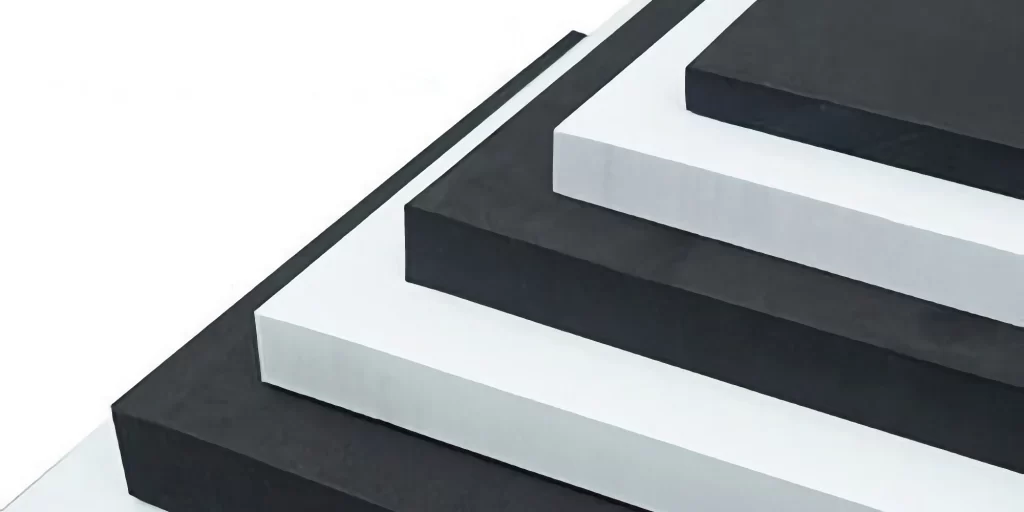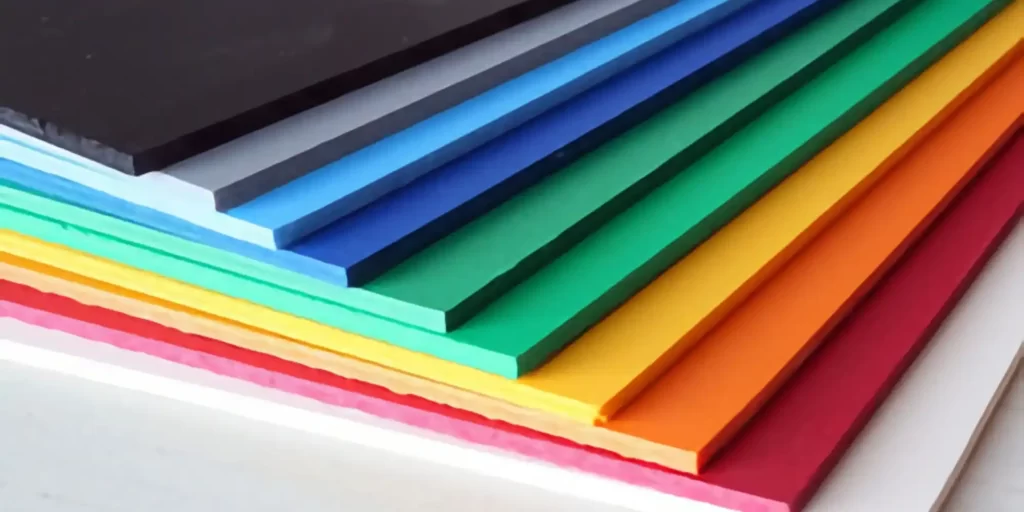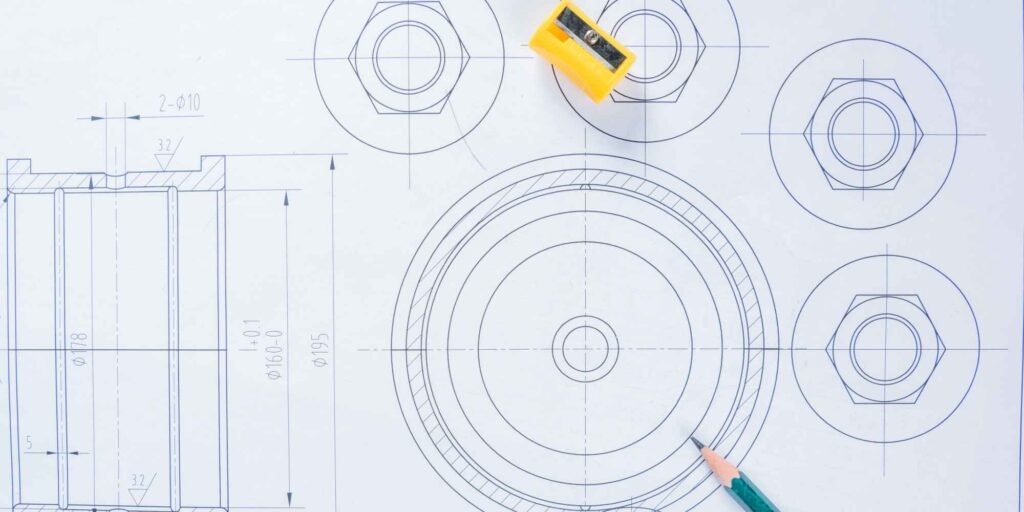The automotive industry is in a constant state of evolution, with manufacturers and designers always on the lookout for materials that can enhance the functionality, aesthetics, and comfort of vehicles. One such material that has gained significant traction in recent years is EVA foam, especially in the realm of car dashboard products. This article delves into the world of EVA foam, exploring its applications, benefits, and the transformative impact it has had on car dashboards.
Introduction
The dashboard is an integral component of any vehicle, housing essential instruments and controls while also contributing to the overall aesthetics of the car’s interior. With the advent of EVA foam in car dashboard products, there has been a noticeable shift in how dashboards are designed and manufactured, leading to improved durability, aesthetics, and user experience.
Why EVA Foam for Dashboards?
EVA foam, or Ethylene-Vinyl Acetate, is a closed-cell foam known for its flexibility, resilience, and shock-absorbing properties. When applied to car dashboards, it offers:
- Moldability: EVA foam can be easily molded into intricate designs, allowing for more ergonomic and user-friendly dashboard layouts.
- Durability: The foam is resistant to UV rays, ensuring that the dashboard remains free from cracks and discoloration even after prolonged exposure to sunlight.
- Temperature Resistance: EVA foam remains stable under varying temperature conditions, preventing the dashboard from warping in extreme heat or cold.
- Vibration Damping: The foam’s inherent shock-absorbing properties reduce vibrations, leading to a smoother driving experience.
Benefits of EVA Foam Dashboards
- Aesthetic Appeal: EVA foam can be tailored to achieve a range of finishes, from matte to glossy, allowing manufacturers to design dashboards that are both functional and visually appealing.
- Safety: In the event of a collision, EVA foam dashboards are less likely to cause injuries due to their soft and cushioned nature.
- Maintenance: EVA foam is easy to clean and resistant to spills and stains, making dashboard maintenance a breeze.
- Cost-Effective: While offering a premium look and feel, EVA foam dashboards are often more cost-effective than those made from traditional materials.
Industry Adoption and Future Trends
The automotive industry’s shift towards EVA foam dashboards is evident, with many leading manufacturers incorporating the material into their latest models. As the demand for vehicles that offer a blend of luxury, safety, and functionality grows, the use of EVA foam in car dashboard products is set to rise. Furthermore, with advancements in foam processing technologies, we can expect to see even more innovative applications of EVA foam in the automotive sector.
FAQ
- What is EVA foam made of?
- EVA foam is a blend of Ethylene and Vinyl Acetate, resulting in a flexible and durable material.
- How do I clean my EVA foam dashboard?
- EVA foam dashboards can be easily cleaned using a damp cloth. For stubborn stains, a mild detergent can be used.
- Is EVA foam environmentally friendly?
- EVA foam is non-toxic and can be recycled, making it a more environmentally friendly option compared to some traditional materials.
- How long does an EVA foam dashboard last?
- With proper care and maintenance, EVA foam dashboards can last for several years without showing signs of wear and tear.






